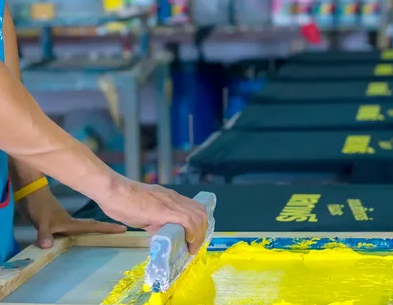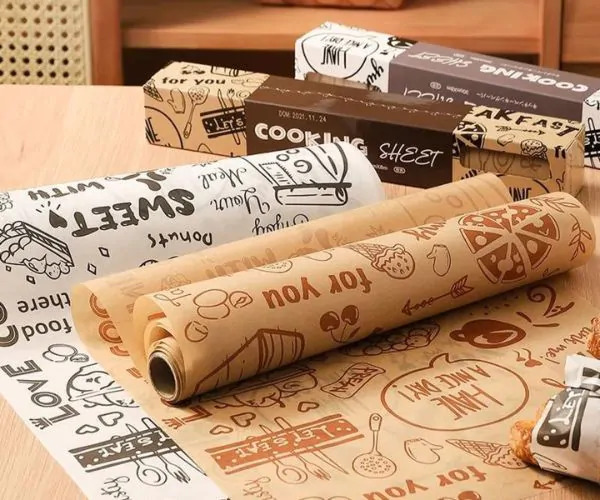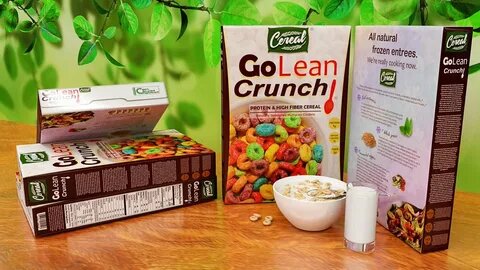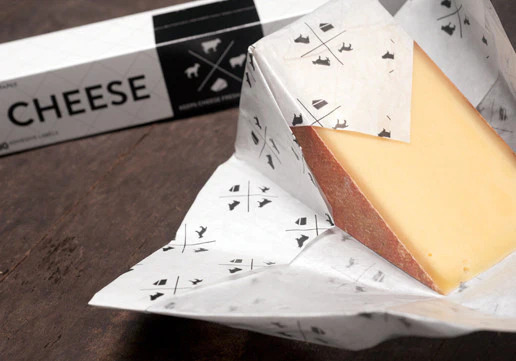Screen printing is a popular method of decorating clothing, with a history that dates back over a thousand years. It has evolved from a manual process to a sophisticated, modern technique used by both small businesses and large-scale manufacturers. This article will explore the ins and outs of screen printing on clothing, from the basics of the process to the latest trends and tips for achieving the best results.
What is Screen Printing?
Screen printing clothing, also known as silk screening, is a printing technique that involves transferring ink onto fabric through a mesh screen. A stencil is created on the screen, blocking out areas where the ink should not reach. Ink is then pushed through the screen onto the fabric, creating a design or pattern.
This method is highly versatile and can be used on various materials, including cotton, polyester, and blends, making it ideal for printing on clothing. The durability of the print, vibrant colors, and the ability to create complex designs are some of the key reasons why screen printing remains a favorite in the fashion industry.
The History of Screen Printing
The origins of screen printing can be traced back to ancient China during the Song Dynasty (960-1279 AD). The technique spread to Japan and other Asian countries, where it was used for decorating fabric and paper. It wasn’t until the 18th century that screen printing made its way to Europe, where it was adapted for commercial use.
In the 20th century, the process gained popularity in the United States, particularly in the 1960s, when it became associated with the counterculture movement. Artists like Andy Warhol popularized screen printing as an art form, and it quickly became a staple in the world of fashion and commercial printing.
The Screen Printing Process: Step-by-Step
Understanding the screen printing process is crucial for anyone looking to get into this field. Here’s a step-by-step breakdown:
Design Creation: The process begins with creating a design, which can be hand-drawn or digitally created using software like Adobe Illustrator or Photoshop. The design is then transferred onto a transparent film, which will be used to create the stencil.
Screen Preparation: A screen, typically made of polyester mesh stretched over a frame, is coated with a light-sensitive emulsion. The transparent film with the design is placed on the screen, and the entire setup is exposed to light. The areas of the emulsion exposed to light harden, while the areas covered by the design remain soft and can be washed away, leaving a stencil on the screen.
Printing: The prepared screen is placed on a printing press, and the clothing item is positioned underneath. Ink is applied to the screen and pushed through the open areas of the stencil using a squeegee. This process is repeated for each color in the design, with a separate screen used for each color.
Curing: After the ink is applied, the clothing is cured, usually by passing it through a dryer. This process ensures that the ink bonds with the fabric, making the print durable and long-lasting.
Quality Check: Finally, each printed garment is inspected for quality, ensuring that the design is correctly aligned, colors are vibrant, and there are no imperfections.
Types of Screen Printing Inks
The type of ink used in screen printing can greatly affect the final result. Here are some of the most common types of inks used in the industry:
Plastisol Ink: This is the most commonly used ink in screen printing due to its versatility and durability. Plastisol ink sits on top of the fabric, providing vibrant colors and a slightly raised texture. It’s ideal for printing on dark fabrics but requires heat curing.
Water-Based Ink: Water-based ink is absorbed into the fabric, resulting in a softer, more breathable print. It’s eco-friendly and works well on lighter fabrics. However, it may not be as vibrant as plastisol ink and requires more precise curing.
Discharge Ink: Discharge ink is used to remove the dye from dark fabrics and replace it with the desired color. This results in a soft, vintage look with a smooth feel. Discharge ink requires special handling and works best on 100% cotton fabrics.
Specialty Inks: There are various specialty inks available, including metallic, glitter, and puff inks, which can add unique effects to the printed design. These inks can be used to create textured, shiny, or three-dimensional prints, making them popular for fashion-forward designs.
Advantages and Disadvantages of Screen Printing
While screen printing t shirts offers numerous benefits, it’s essential to weigh the pros and cons to determine if it’s the right method for your needs.
Advantages:
Durability: Screen printing produces highly durable prints that can withstand repeated washing and wear without fading or cracking.
Vibrant Colors: The thick layers of ink used in screen printing result in bold, vibrant colors that are difficult to achieve with other printing methods.
Versatility: Screen printing can be used on a wide range of materials, including cotton, polyester, and blends, as well as on items like bags, hats, and more.
Cost-Effective for Large Runs: While the setup costs for screen printing can be high, it becomes more cost-effective for large production runs due to its efficiency.
Disadvantages:
Complex Setup: The setup process for screen printing is more complex and time-consuming compared to other methods like digital printing. Each color in the design requires a separate screen, which can increase costs and setup time.
Limited Color Range: Screen printing is best suited for designs with a limited number of colors. Complex designs with multiple colors or gradients may require alternative printing methods.
Environmental Concerns: Traditional plastisol inks contain PVC and phthalates, which can be harmful to the environment. However, eco-friendly alternatives like water-based and discharge inks are available.
Trends in Screen Printing
Screen printing continues to evolve, with new trends emerging in both fashion and technology. Here are some of the latest trends shaping the industry:
Eco-Friendly Inks and Materials: As sustainability becomes a priority for consumers and brands alike, there is a growing demand for eco-friendly inks and materials. Water-based and discharge inks, organic cotton, and recycled fabrics are becoming more popular choices for screen printing.
Custom and Personalized Prints: The rise of e-commerce and digital printing technology has made it easier for consumers to order custom and personalized clothing. Screen printing is still a preferred method for high-quality, durable prints, especially for businesses offering personalized merchandise.
Niche Markets: Screen printing is increasingly being used to cater to niche markets, such as streetwear, sportswear, and limited-edition collections. Brands are using screen printing to create unique, high-quality products that stand out in a crowded market.
Mixed Media Designs: Combining screen printing with other printing techniques, such as digital printing, embroidery, or heat transfers, is becoming more common. This approach allows for more creative and intricate designs that take advantage of the strengths of each method.
Technology Integration: Advances in technology are making screen printing more efficient and accessible. Automation, digital screen printing machines, and online design tools are streamlining the process and reducing the barriers to entry for small businesses.
Tips for Successful Screen Printing
Whether you’re a seasoned professional or just starting out, these tips can help you achieve the best results in your screen printing projects:
Choose the Right Ink: Consider the fabric and design when selecting your ink. For example, water-based inks are ideal for soft, breathable prints, while plastisol inks are better for vibrant colors on dark fabrics.
Proper Screen Tension: Ensure that your screen is properly tensioned. A loose screen can lead to blurry or uneven prints, while a screen that’s too tight can cause the mesh to break.
Test Prints: Always run test prints on scrap fabric before printing the final design. This allows you to check for issues like misalignment, color accuracy, and ink coverage.
Curing Time and Temperature: Proper curing is essential for long-lasting prints. Follow the ink manufacturer’s guidelines for curing time and temperature to ensure the ink bonds with the fabric correctly.
Regular Maintenance: Keep your equipment in good condition by regularly cleaning screens, squeegees, and other tools. Proper maintenance can extend the life of your equipment and improve the quality of your prints.
Conclusion
Screen printing is a time-honored technique that continues to thrive in the modern fashion industry. Its durability, versatility, and ability to produce vibrant colors make it a go-to method for clothing decoration. Whether you’re looking to create custom t-shirts, promotional merchandise, or a unique fashion line, understanding the intricacies of screen printing can help you achieve professional results.
As trends shift towards sustainability, personalization, and technology integration, screen printing is likely to continue evolving, offering exciting new possibilities for designers and entrepreneurs. By mastering the basics and staying informed about the latest developments, you can harness the full potential of screen printing in your creative projects.








